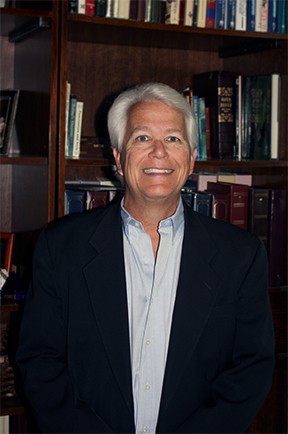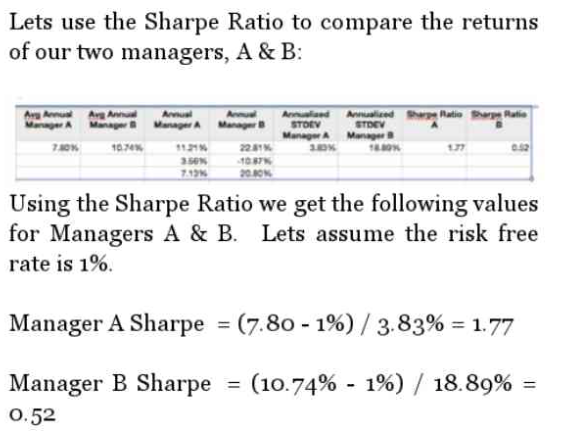What You Can Learn From This ‘Zen Investor’
Post on: 16 Март, 2015 No Comment

This post was written by Meiko Acebo, who writes at Financial Bites.
When I say zen investor, I mean his laid-back approach to investing. This is not to say that he didn’t have an outstanding long-term investment record to his name.
In case you have missed it, Walter Schloss was one of the “superinvestors” in a 1984 speech of Warren Buffett.
Based on this Bloomberg article. his investments gained 16% annually from 1955 to 2002. In contrast the Standard and Poor’s index returned 10% during the same period. He called it quits in 2002. (Maybe there needs to be an update to the Top 10 Greatest Investors of all time ?)
What is admirable is that Schloss never attended college. He attended Ben Graham classes and later worked under Graham and Newman Corporation.
His investment methods are even more admirable. His source of information is financial statements. He looked at them very closely. He doesn’t call management and rub elbows with CEO’s.
He applied the same techniques he learned from Ben Graham. Like Buffett, he never deviated from these principles. It served him very well.
These principles are very much suited to individual investors. His approach is somewhat similar to investors buying index funds and not spending too much time looking at the prices.
Walter Schloss The Zen Investor

Here are 5 investing lessons from Walter Schloss that you can apply on your investing career.
- Keep it simple. He works from 9 am to 4 pm every day. His schedule involves looking at stocks from Value Line. He screens a lot of stocks. He looks at his checklist. If a stock fits his investment checklists, he buys small portions of them. He owns 1000 stocks at some point. Unlike Buffett, he doesn’t look at the businesses. He looks at hard numbers. He doesn’t time the economy. He doesn’t read quarterly reports. That’s essentially how he does it.
- Downside. He doesn’t like stocks that carry a lot of debt. His main objective is capital preservation rather than significant returns. He analyzes investments on the basis of risks. If the risks are covered, he can be assured that the returns will follow. He minimizes his risks through wide diversification.
- Courage. He doesn’t mind going against the crowd. In fact, most of his purchases are ugly stocks that trade below their assets. He learned from Ben Graham that an investor is not necessarily right because everyone agrees with him. An investor is right because he is correct in his analysis.
- Limitations. He doesn’t have an army of analysts. He has his son Edwin as his partner. So he keeps his operations low. Since he knows his limitations, he adjusts his investment processes. He doesn’t talk to management because he knows he doesn’t have the skills to correctly assess CEO’s.
- Patience. He advises other investors to wait patiently. Investments don’t go up immediately. It takes a lot of time before companies make significant progress. Most of the stocks he bought are ugly stocks. It probably would take a couple of years before it goes up. On the average, he did quite well as he bought them on the cheap. As the saying goes, “Good things happen to those who wait.”
It’s sad that he passed away last February.
He lived a long and fulfilling life. He didn’t worry about anything – from the economy to the stocks he bought. He was confident that the downside is protected.
His approach to investing is a testament that individual investors can make it even with a passive approach to investing.














